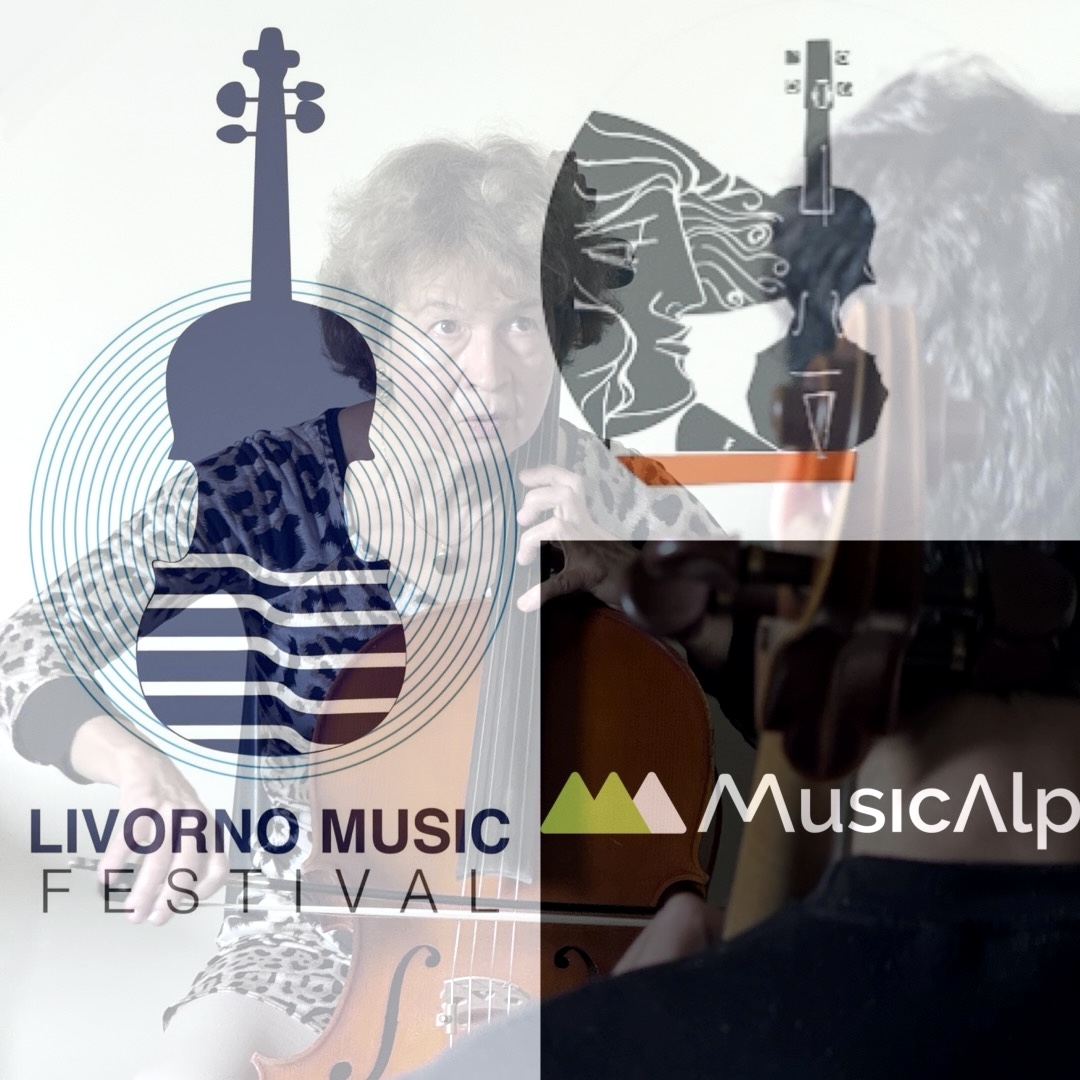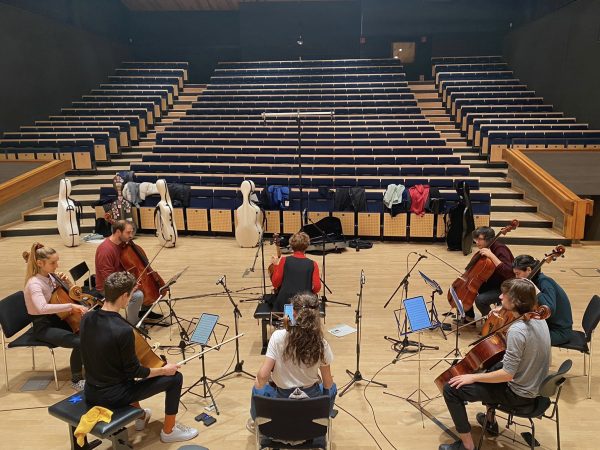Projects
Pedagogical Projects 2024
 In the upcoming Summer 2024 Xenia Jankovic will be giving the following Masterclasses: Applications are now open, for more information check out the links bellow🔗
In the upcoming Summer 2024 Xenia Jankovic will be giving the following Masterclasses: Applications are now open, for more information check out the links bellow🔗
Masterclass at the “Scuola di Musica di Fiesole”
09-11- May 2024,
Fiesole, Italy
🔗Click for more
International Festival/Masterclass – MusicAlp Academy
11.-22. August 2024
Tignes, France
🔗Click for more
International Festival/Masterclass – Livorno Music Festival
24.-31. August 2024
Livorno, Italy
🔗Click for more
INSPIRIMUS ACADEMY
As a reflection of her artistic, music, pedagogical and spiritual work, Xenia Jankovic founded Inspirimus in 2010.With idea to inspire and connect through the power of music, power of nature, it is aimed as an educational-humanistic project.
Inspirimus Academy is a centre based in the vicinity of Berlin where different projects are going to take place, all sustained with very integral and wide-ranging approaches and systems of work, with ideas such as:
- gathering young artists and helping them to engage in art in a more personal and enthusiastic way
-
the influence of arts in life, community and education
-
inspiring and activating not only people who are interested in arts, but everyone else
-
through the social activities/artistic projects, trying to discover new ways of establishing this approach and way of thinking in society
- respecting the development of individuals and cultures with encouraging sharing of ideas
Jankovic Method
The phenomenon of stress, from which musicians suffer especially to cope with the enormous pressure during auditions and exams, is already known to the public. Complaints such as tinnitus, great tension and the widespread use of beta blockers are documented. What can we do about it, how can we find a good balance between making music and the desire for technical perfection?
In order to practice a holistic approach that allows young musician to structure the musical work and put it on a stable basis, I have developed a method. The intellectual knowledge is combined with intuition and imagination, with the aim of playing the music as it was created by the composers. In this way, the joy of making music, and also of practicing, is increased many times over.
Through the application of this method, one learns to understand subtle artistic processes and to observe and practice one’s own mental and emotional attitudes
Cello Ensemble Projects
The lively musical exchange in practice between professors and students is enormously important and enriching. We are lucky to be able to make music very well together as cellists among ourselves. Cello can imitate all instruments quite well: Flutes, violins, oboes, horns, and double basses. So I practice studying complex symphonic works with the class, which we work on together for our cello ensemble to work through thoroughly and practice together. In this way, we have studied the most important cello concertos in depth over the past few years, edited them, and performed them with solo cello and 7 cellist orchestra. All students and I play alternately as soloists and in the cello orchestra. Our arrangements have already aroused great interest in cellist circles. With the Shostakovich concerto, we had more than a million clicks on Instagram. The well-known sheet music platform Nkoda will publish our arrangements.
Xenia Jankovic

Franck and Chopin
CÉSAR FRANCK (1822-1890)
Violin or Cello Sonata in A major (1886)
The violin sonata by César Franck was his wedding gift to the violinist Eugene Ysaye, and was presented to him on the morning of this special day, on 26th of September 1886. In that same period Franck was working on one of his most beautiful works, the Symphonic Poem Psyche for Orchestra and Choir.
As Franck mentioned to his pupil Arthur Coquard, he had been contemplating Psyche over many years in his mind, and composed it in his vacation retreat at Combs-la-Ville- Quincy over the summer of 1886, together with the violin sonata.
In my personal reading, the music of this sonata also inhabits the world of this wonderful myth:
1st Movement: Psyche and Eros, their nocturnally veiled love.
2nd Movement: Psyche’s transgression, suffering and love.
3rd Movement: Aphrodite’s tasks, Psyche’s transformation
4th Movement: Psyche and Eros again together, their wedding, divine power.
FRÉDÉRIC CHOPIN (1810-1849)
Cello Sonata Op.65 (1845-47)
The Cello Sonata Op. 65 turned to be Chopin’s last opus, written between 1845-47 in Nohant and Paris. This wonderful work is his only duo sonata. We know from the letters to his family that the process of writing was not easy (there are more then 200 pages of sketches), because he was looking for the perfect fusion between such different instruments. In my opinion, Chopin felt that the best inspiration for writing for the cello is the voice, the Lied. Perhaps this is why he chose the cello for his duo sonata, and why the piece was such a success. The sonata is not only an enrichment for the cello repertoire, but also for the chamber music in general – it is such a wonderful example of combining or even “melting” a string instrument with the piano.
Xenia Jankovic
J.S.Bach: Cello Suites (films)
The films of the Bach Cello Suites were made in the Church of St. George in Staro Nagoricane, North Macedonia. Built in the 14th century, this church is considered one of the finest examples of Christian churches of its time and is situated on the border between Macedonia and Serbia.
As a child I visited many old and beautiful churches in former Yugoslavia with my father, who was a choral conductor and a great admirer of the fresco art. The atmosphere of orthodox monasteries and churches like Studenica, Sopocani or Staro Nagoricane, as well the sound of the choral music which I heard there, stayed in my heart and had a profound influence on my imagination and experience of art and music in general.
When I first started to play Bach at the age of 7, I imagined playing it in these churches. I immediately sensed (and learned about) the deep connection which Bach’s music has to religion and the bible. For me, this world was in these churches. The powerful and colourful frescos would come to life and could speak to me. This was in 1960s and 70s during the communist era; I lived in Belgrade and Moscow, where any connection to religion and the church had to be hidden.
Even in the last 30 years, I faced another problem in my wish to play Bach in one of these churches: that the Orthodox Church forbids instrumental music; only singing is allowed. After several unsuccessful attempts I had to accept that this was impossible, but still held on to the dream of doing so one day. Finally, miraculously, it became possible for me to record in this church – just for a single day! I feel extremely lucky and grateful that I was able to get permission to record these films in one day in the exceptional Church of St. George in Staro Nagoricane.
The limitation of one day and one church turned out to be just right for this project. In the films we see always the same church and frescos, but at different times of the day and with changing atmospheres inside, according to the character of the particular suite. To me personally, each fresco has many layers and varied meanings, which gradually came to me through seeing and experiencing them in different periods of my life. In listening to the music and seeing the images in this film it is not necessary to know which fresco is shown and why; the approach could be more like that of the Orthodox church service – simply emotional surrender.
Xenia Jankovic